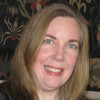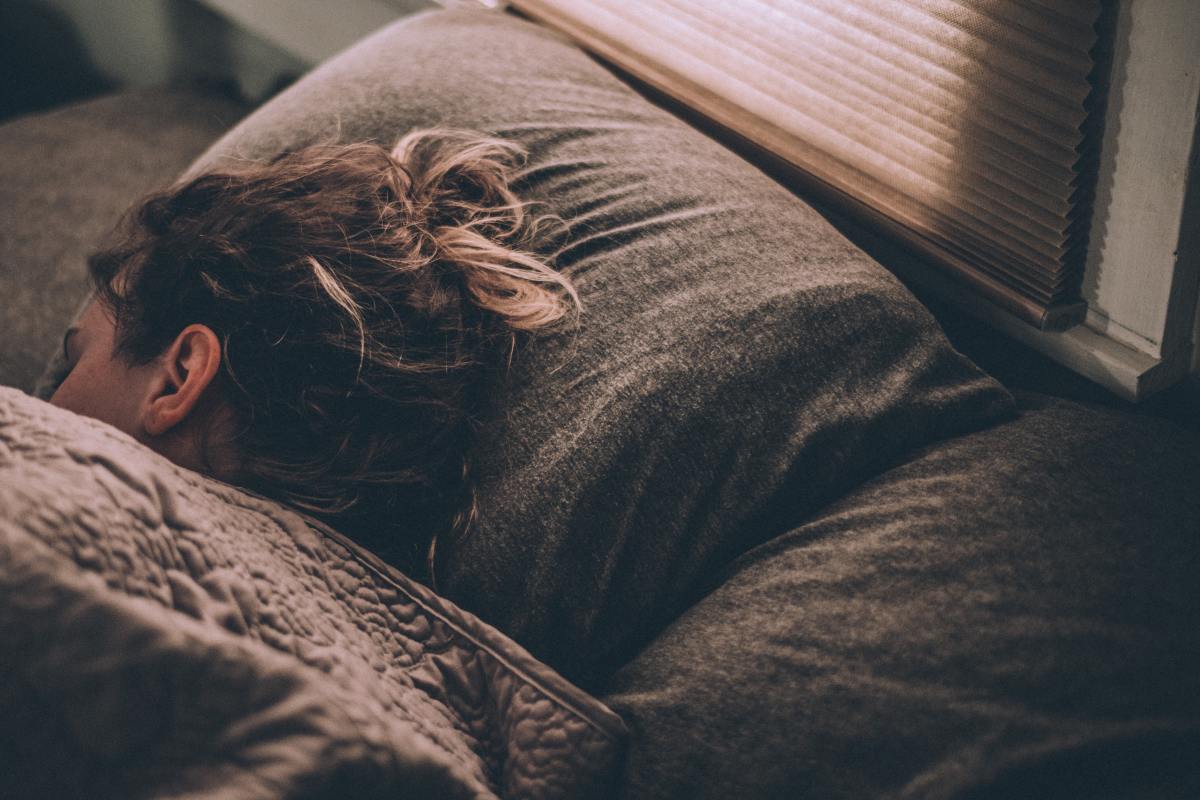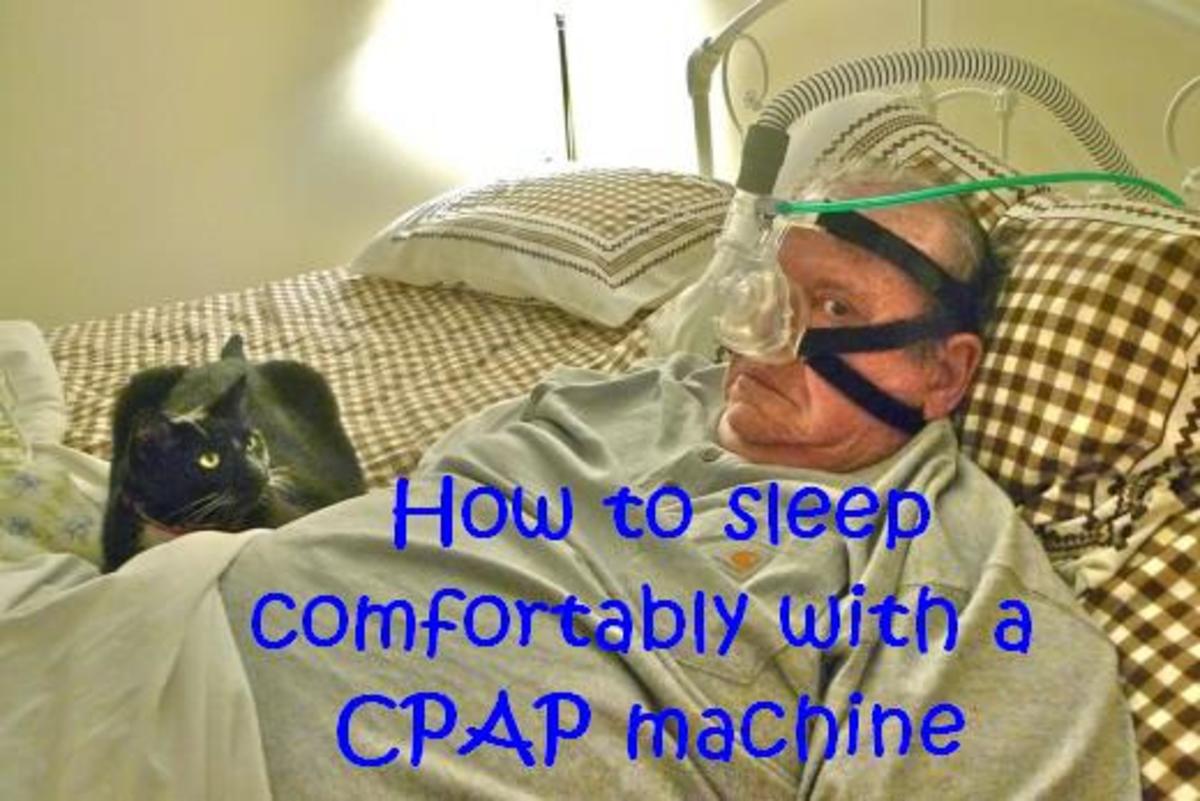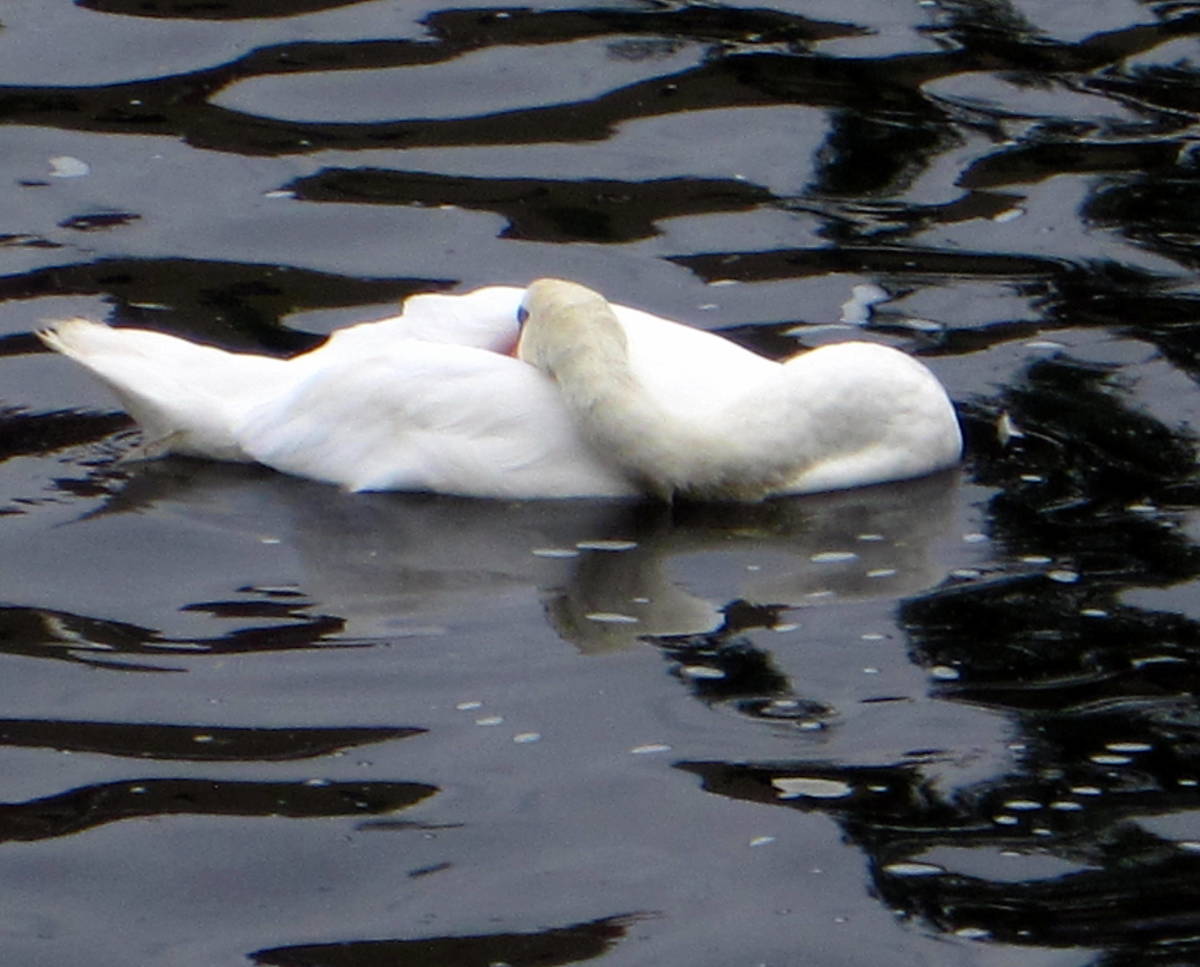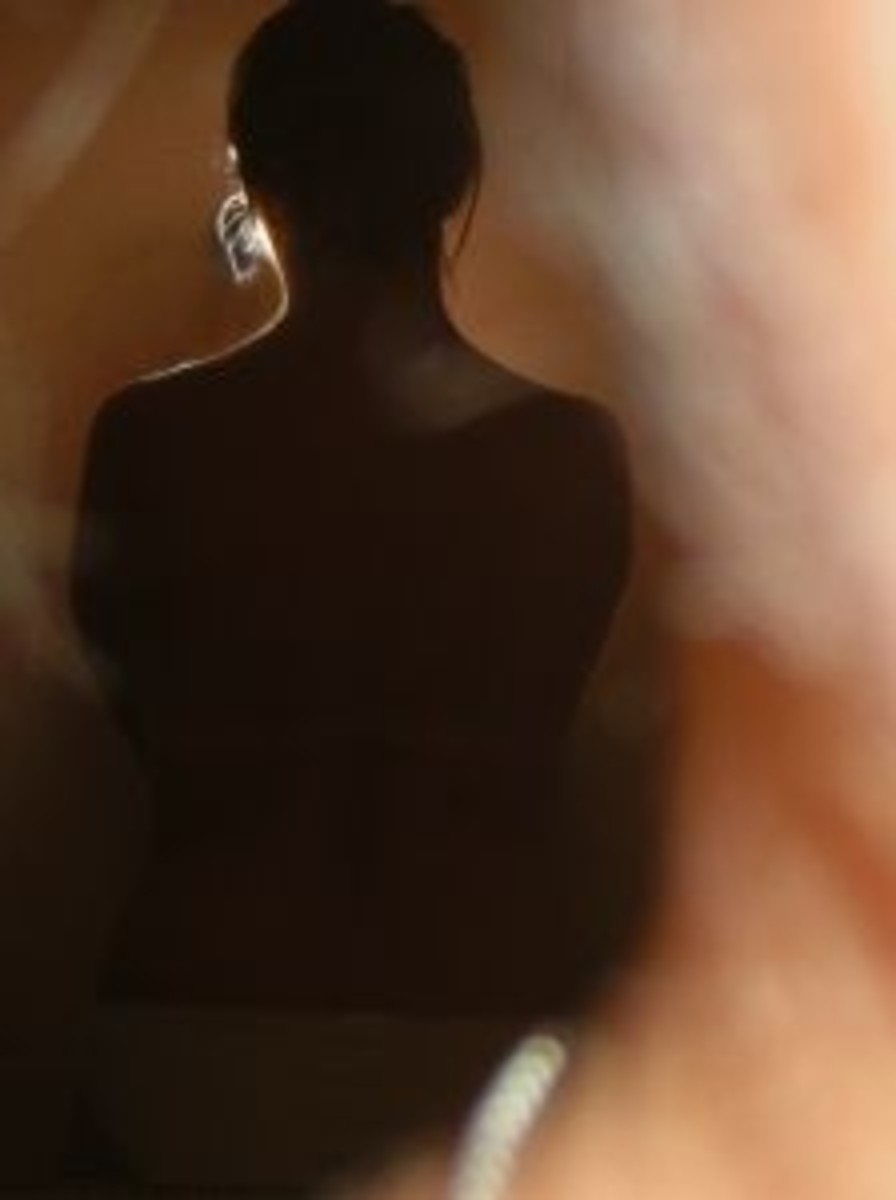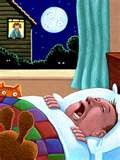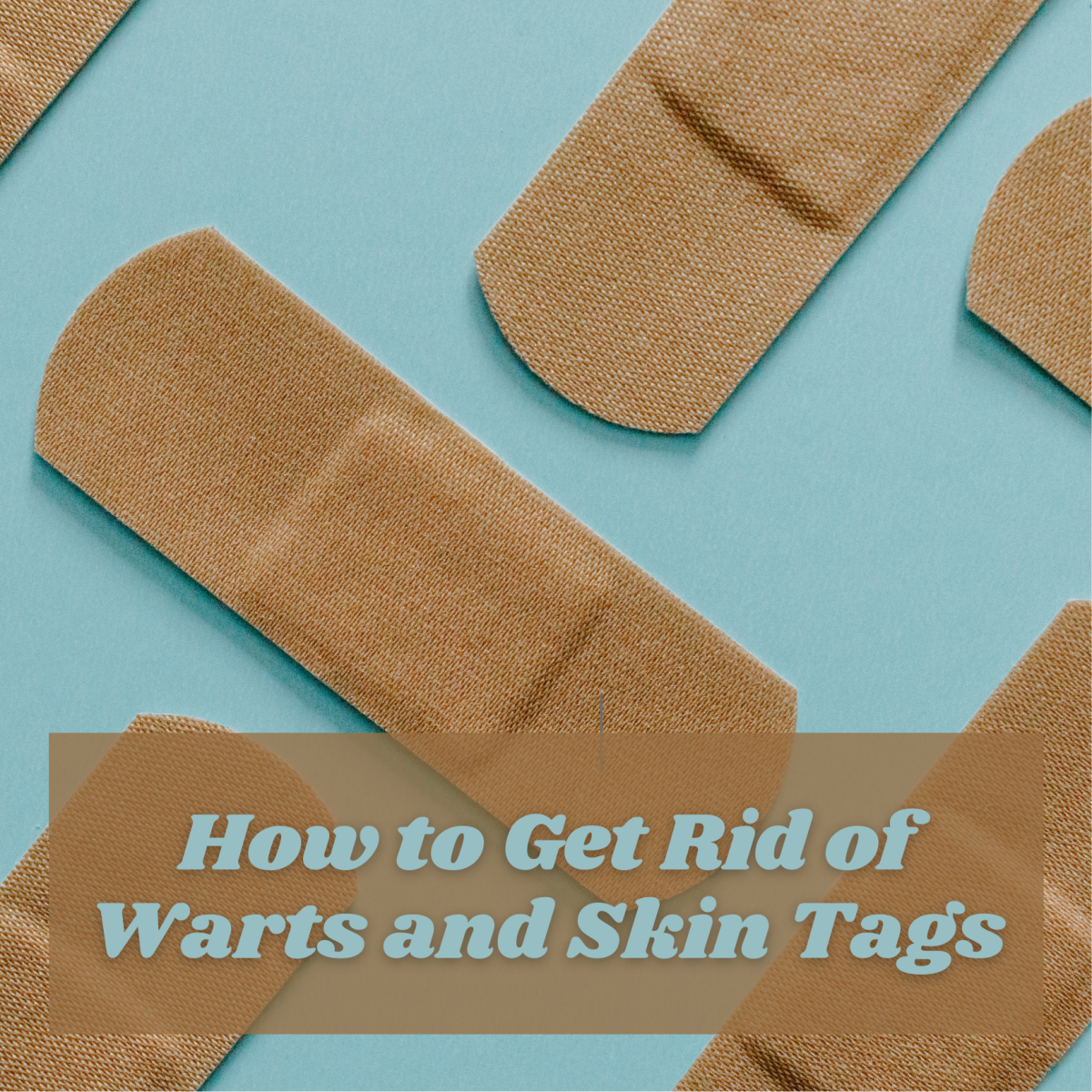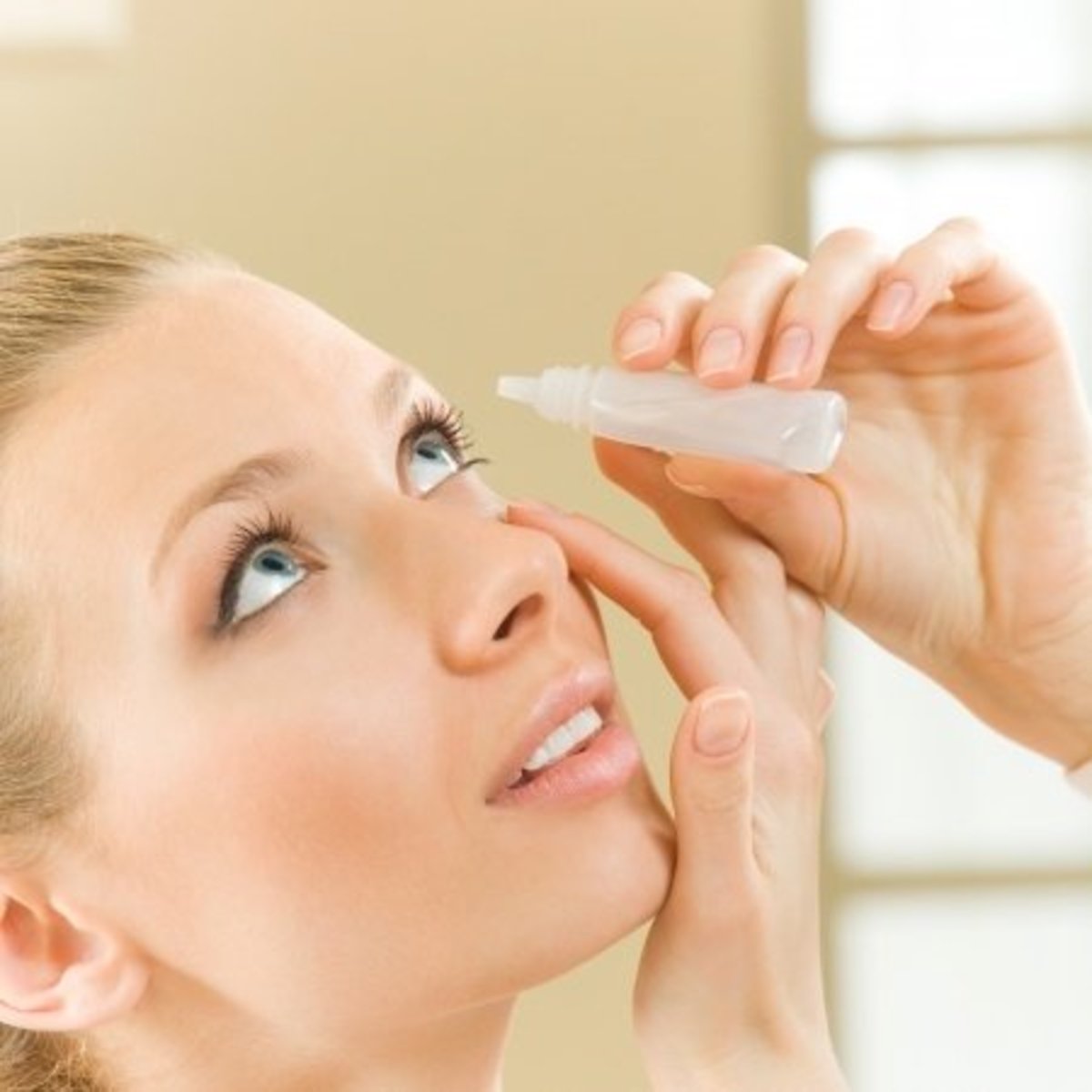My Sleep Apnea Test
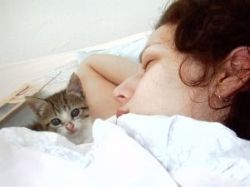
My Sleep Study: A Test for Sleep Apnea
I am all set to have a sleep apnea test in just a few weeks. I decided to make this webpage to share my experiences for the benefit of those who, like me, are nervous about it, not knowing what to expect.
I will walk you through all phases of my polysomnography, from the initial consultation with the sleep medicine doctor, through my overnight in the sleep lab, test results, diagnosis and any treatments they decide I may need.
I do not yet know the cost of a sleep study, but it is pretty expensive, from what I understand. I will fill you in on that too, since this is not a question they answer up front. They told me they will bill my insurance and then after my insurance pays their part, they will send me a bill for my share. I admit that I am a little nervous about that part too!
I hope you are not nervous about your upcoming test for sleep apnea, but if you are I hope that reading my experience will help!
Understanding Sleep Apnea
Understand the basics of sleep apnea before you go for testing!
- What is Sleep Apnea? | National Heart, Lung & Blood Institute, National Institutes of Health
A thorough overview of sleep apnea from the National Institutes of Health. - American Sleep Apnea Association
Everything you want to know about sleep apnea from those wondering if they might have it, to those who have been diagnosed, to medical professionals.
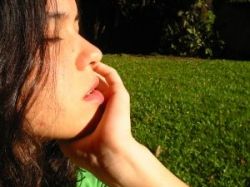
Excessive Daytime Sleepiness
Why I Need a Sleep Apnea Test
Recently I decided to get another doctor's opinion concerning my transverse myelitis symptoms. My condition was getting worse and the neurologist I had been seeing for the past six or seven years could offer me no explanation or treatment. A new neurologist had joined the staff of a nearby hospital and was taking new patients. My primary care physician made an appointment for me.
The new neurologist had some ideas and sent me for a number of tests. Among these was a sleep apnea test. One symptom I have struggled with ever since I first got sick with transverse myelitis (TM) back in 1995 is excessive daytime sleepiness. I have had long periods of insomnia, but even when I am getting eight hours of sleep per night, I am still excessively sleepy the next day. My doctor wondered if sleep apnea might be behind some of my sleepiness and fatigue.
The sleep study is the best way to find out. So, off I go to the Sleep Medicine Center.
Sleep Apnea Test Poll I
Have you had a sleep apnea test?
Getting Ready for my Appointment at the Sleep Medicine Center
For My Sleep Apnea Test
A few weeks before my scheduled appointment at the Sleep Medicine Center, the office sent me a packet of information with a lot of paperwork for me to fill out. Aside from the usual forms for insurance information, there were several pages with questions about my symptoms and medical history.
The questionnaire had questions about what time I go to bed during the week and on weekends, and what time I get up. They wanted to know how many cups of coffee, tea and cola I consume each day and what time of day I drank them. They asked if there was anything that woke me up frequently during the night. They also asked about my family medical history, what surgeries I had had and any medical problems I had had in the past few years. Of course, they were interested in knowing if I snore, stop breathing, talk in my sleep or sleep walk.
In addition to this questionnaire, there was a depression scale and a sleepiness scale. You can take an online version of this test by clicking on the big arrow below. There was also a form to chart my sleep habits for seven days prior to my appointment.
My First Appointment at the Sleep Medicine Center - Preparing for My Sleep Apnea Test
The appointment at the Sleep Medicine Center was a little bit strange. I kept having experiences that seemed a bit odd, and finally I decided that maybe this was intentional, but I am still not sure.
The first thing that struck me as odd was that the waiting room is at the end of the hallway, at the very back of the office. When someone is ready to meet with you, they pop out of one of the doors along the long corridor and shout your name. Hopefully you hear them, and you meet them at their room. I do not know what most sleep centers are like, but that is how this one works.
My first stop after the waiting room was to join a young man named Casey in a room that looked pretty much like a hospital room, but with a regular queen size bed instead of a hospital bed. I had always heard that the rooms in a sleep lab looked like hotel rooms, but this one really did not. It was one hundred percent hospital issue, except for that big bed. The bed was covered with white linens, including the flannel hospital blankets. Maybe it will be more comfortable than it appeared. Maybe.
Casey filled me in on what to expect when I come for my sleep apnea test. He spent a lot of time explaining how the light switches worked, and gave me some other advice I will list below.
- He warned me not to undress anywhere except the bathroom, because there are cameras in the room that could be turned on at any time.
- It will take about an hour to hook up all of the electrodes on various places on my body, since there are so many of them. I think he said there will be twenty electrodes.
- They will have me come in early, because they want to hook me up early enough that by the time I go to sleep I forget that I have all these wires attached to me.
- The electrode that seems to bother people the most is the one that is between the nose and the upper lip. Its purpose is to measure respiration, but apparently most people experience it as interfering with breathing.
- The other wire that is troublesome is the finger clamp that sometimes pops off when people turn over or toss around in the bed.
- Casey then measured the diameter of my neck, then got my height and weight.
- Note to self: Take cute pajamas!
Some Sleep Apnea Basics - Understanding the Sleep Apnea Test
After Casey was finished with me, he took me to another bedroom which looked basically identical to the one we had just left and motioned for me to sit in a straight backed chair against the wall. He said someone would be with me in just a couple of minutes.
I looked around for something to read. There were no magazines or pamphlets in the room. The walls were painted beige. The linens on the bed were white. There was a brown recliner in the corner across the room from my chair and a television mounted to the wall across from that. There was a rolling table across from my chair, with another chair on the opposite side and behind that was a bedside table with a camera on it pointed at me.
I began to wonder why they had a camera facing these chairs. If they are studying a person asleep in the bed, why face cameras toward the chairs, the very chairs where they indicate their patients should sit? I began feeling rather self-conscious. I hoped the person I was to meet with would come soon. I thought about 1984. My chair got increasingly uncomfortable. I felt like a bug under a microscope.
Then a tall, attractive, middle-aged woman entered the room and talked to me about sleep apnea. Here are some highlights of what I learned:
- The airway consists of a long tube from our nostrils to our lungs.
- As we sleep, everyone's airway narrows as our muscles relax, especially as the tongue relaxes and falls into the throat.
- As we age, all of our muscles lose tone, including the muscles around our airway. As these get flabby, the airway becomes even more narrowed.
- If we have gained weight, this also puts more pressure on our airway, particularly if we have stored fat around the neck and jawline.
- During the night, as we sleep, we become very relaxed, our heart rate and respiration slow down. If our airway then relaxes to the point that it closes off, the brain will signal to the body that it needs to tense up to open the airway again. When that happens, our body stirs and heart rate increases so that breathing can get going again. If this happens a lot, we are never able to get the long, restful sleep we need in order to become refreshed.
- Some people experience this cycle many, many times during the night, and never are able to enter into a restorative sleep. It is the same as if they had been awakened dozens or even hundreds of times through the night, because in essence they have.
Meeting with the Sleep Medicine Doctor
Getting Ready for My Sleep Apnea Test
After meeting with the tall woman, I was sent back out to the waiting room to wait for my face-to-face with Dr. A, the sleep medicine specialist. He went over my paperwork with me. He told me that my score on the sleepiness scale was very high. He said a score of 5 to 8 was normal, and 10 to 12 indicated a problem with excessive daytime sleepiness. I scored a 14.
Hopefully the sleep apnea test I will have in the next week or two will give us some answers about why I struggle so much with sleepiness and fatigue. I will keep you posted here, so check back in a few weeks to see how it went!
What will I dream during my sleep apnea test?
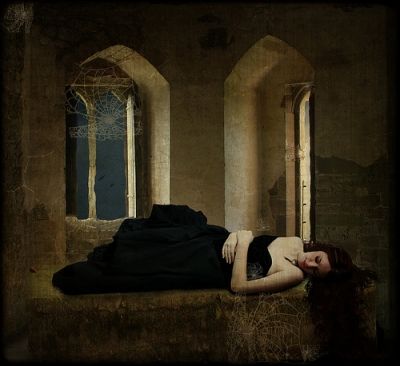
More about Sleep Apnea - Do You Need Testing?
Before you go for testing, you might prefer to read up on sleep apnea. These are the most highly rated books on the subject.




